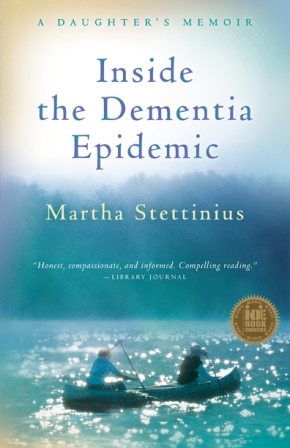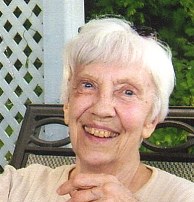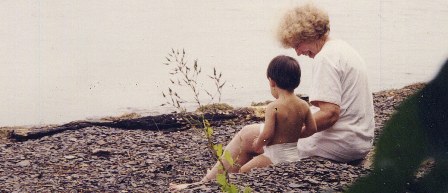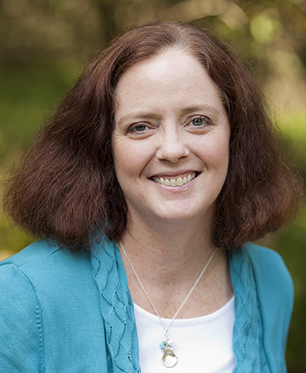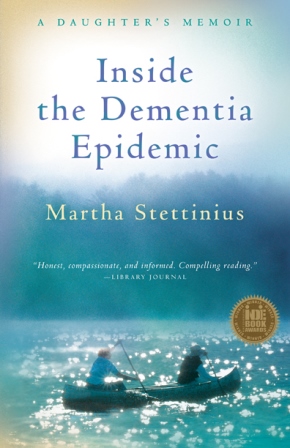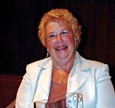Tips for Dementia Caregivers: Check Out My Interview with eCareDiary; FOX News Interview; and Guest Post on Popular New Zealand blog
 Monday, November 19, 2012 at 02:16PM
Monday, November 19, 2012 at 02:16PM Radio Interview with eCareDiary
Join Susan Baida of eCareDiary and me for a live, 30-min. interview about my book "Inside the Dementia Epidemic: A Daughter's Memoir" tomorrow, Tues, Nov. 20th at 2:00 EST. Call in with questions!
We'll talk about:
- Why I describe my caregiving journey with my mother as more of a "long hello" than a "long good-bye," as Alzheimer's caregiving is often described;
- How we can challenge the stereotypes and stigma of dementia:
- "Care partnerships" and "care circles"
- Some of the challenges of providing care in different settings, from home care to assisted living, rehab, "memory care," and a nursing home;
- Cutting-edge movements in changing the "culture" of elder care;
- Some things I would do differently as a caregiver if I were to do it all again
The link: http://www.ecarediary.com/RadioBlogs.aspx?Type=0
FOX News Report on National Family Caregivers Month (and my book)
I'm happy to report that FOX News covered a book reading I did in Binghamton, NY. Here's the short (51 second) piece they did on my book, National Family Caregivers Month, and the importance of finding support as a caregiver. www.wicz.com/news/video.asp?video=11-17-12care.flv&zone=News
"A Family Caregiver Shares an Inside Look at Dementia Care"
My Guest Post on Kiwiblog, a Popular New Zealand Blog
If we are unable to care for that family member or friend at home, it’s important to know what to look for in a dementia care facility, and how to distinguish assisted living from “memory care” and nursing homes. In this post I share my personal experience as a caregiver for my mother in five different settings, each with its own distinct level and quality of dementia care.
The link: http://www.kiwiblog.co.nz/2012/11/guest_post_martha_stettinius_on_dementia.html





